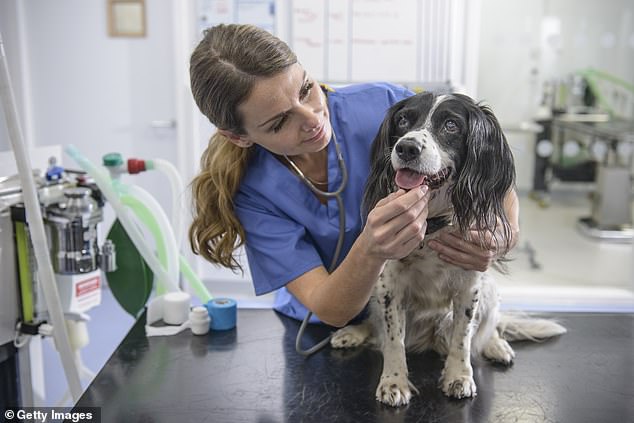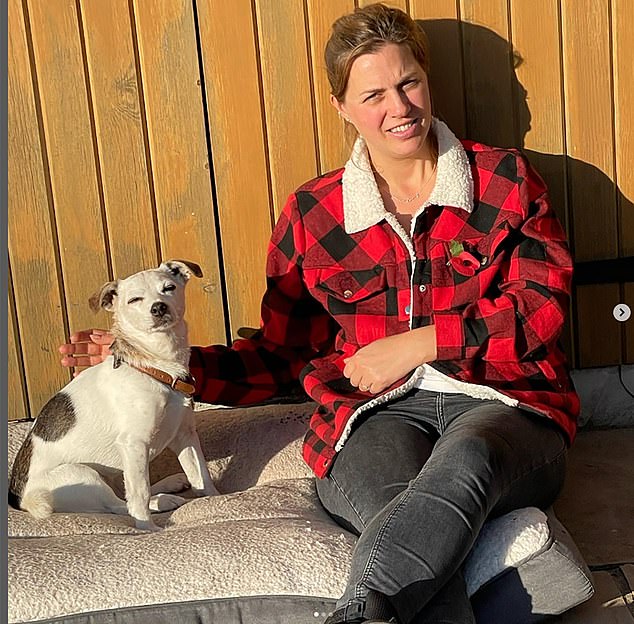Table of Contents
If you find yourself constantly yelling at Fido as he refuses to walk next to you and heads off into the horizon, or you’re too embarrassed to admit Rover’s actual age when people at the park laugh at your “excitable pup,” you may have wondered why your pup can’t seem to behave.
But have you considered that your dog might have ADHD?
The latest scientific research suggests that, just like humans, our canine friends may be prone to attention deficit hyperactivity disorder.
In humans, markers include difficulty controlling impulses, trouble paying attention, and, colloquially, “being unable to sit still.”
So far, this is all familiar stuff for many dog owners, at least until their pup has been housebroken. But if yours seems “unhouseable” after several years, ADHD could be the answer.
If you suspect your dog may be affected, here are some questions you can ask…
Studies suggest that dogs may show human-like traits with the disorder, such as hyperactivity and difficulty concentrating.
Is there scientific proof?
In short, yes. Some studies have shown promising, though inconclusive, results. A 2021 Finnish study concluded that its results “indicated similarity to human ADHD.” And a more recent study published last year by scientists in Spain found that dogs classified as “ADHD-like” showed lower concentrations of serotonin and dopamine. In humans, ADHD medications, such as Ritalin, work by increasing the availability of dopamine in the brain.
Can you get a formal diagnosis?
Most veterinarians are still reluctant to diagnose the disorder in pets and tend to use the term “hyperkinesis” (meaning “excessive movement”) rather than ADHD.
“Early research suggests dogs can show similar signs, such as impulse control, hyperactivity and difficulty concentrating (and) may have reduced levels of dopamine and serotonin, comparable to humans with ADHD,” says veterinarian Lynne James from the charity People’s Dispensary for Sick Animals. “Further research is needed to establish whether these ADHD-like signs really do represent a neurodevelopmental disorder (but) if your dog is showing unusual or new behaviour, we always recommend getting them checked out by a doctor.”

In most cases, “ADHD-like” behaviors can be treated through training, without any medication.
What else could be causing it?
Impulsiveness in dogs is often a learned behaviour, explains clinical animal behaviourist Rosie Bescoby, who runs pet-sense.co.uk.
‘Dogs that have had to be bottle-fed, or are only puppies (just one in a litter) generally express more impulsive behaviour and a lower tolerance for frustration as they get older, because some of that is learned through feeding from the mother – there’s competition for teats, sometimes the bitch gets up and walks away before the puppies have had their fill – and so in the normal course of events they experience small amounts of frustration from a very early age, which allows them to tolerate frustration as they get older.’
The “attention deficit” part of ADHD-like behavior in dogs is usually due to competing motivations, Rosie says. “So either what we’re trying to do to motivate the dog isn’t enough, or there’s something else in the environment that’s motivating the dog more than what the human is offering.”
“Animals can also display what humans would describe as hyperactive or overexcited behavior, but they are typically not receiving the stimulation necessary to meet their needs,” she added.
This may explain why the breeds that scored highest for hyperactivity in the Finnish study were the Cairn Terrier, Jack Russell Terrier, German Shepherd and Staffordshire Bull Terrier – all originally bred as working dogs and all likely to need more stimulation than is offered in a typical family home.

Clinical animal behaviorist Rosie Bescoby explains that impulsivity is often a learned behavior in dogs.
How can you treat it?
In most cases, typical ADHD behaviors can be “treated” with the right kind of training (no matter how futile your own efforts may have been), Rosie says, without the need for medication.
You may need as much patience from you as from the dog. To train your dog against impulsivity, you must teach him that being calm and waiting makes things happen, but demanding, pushing or barking does not.
‘Make your dog wait before allowing him to eat – show him that he can get what he wants, although he may just need to show self-control in the process,’ she advises.
As for hyperactivity, it is the responsible owner’s responsibility to ensure that they provide the correct stimulation for their dog’s breed. Often, this involves learning games to play with them that simulate what they were trained to do, such as hunting or retrieving something, rather than simply taking them out for repeated walks.
“As owners, we need to make sure we reiterate very clear boundaries to our dogs and reinforce the behaviors we like,” says Rosie. “It’s essential to make sure they can’t repeat the behaviors we don’t want, as then things become so unmanageable that they can present as a ‘disorder.'”


